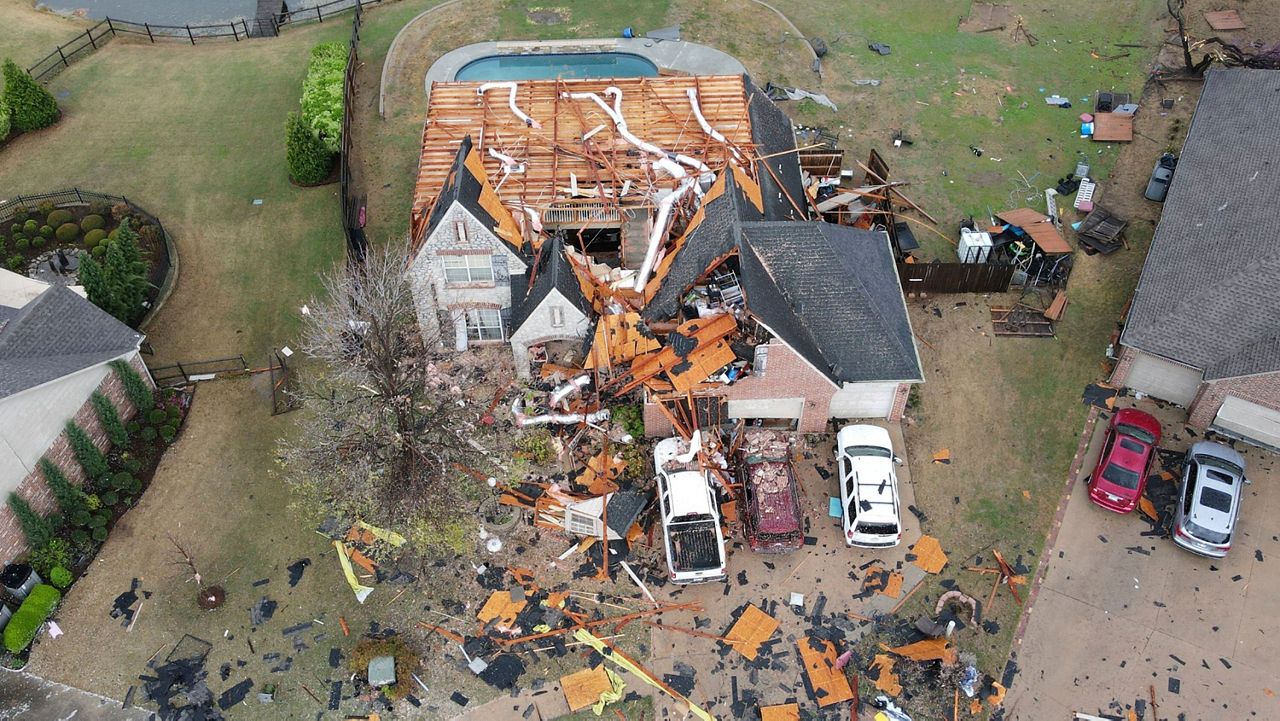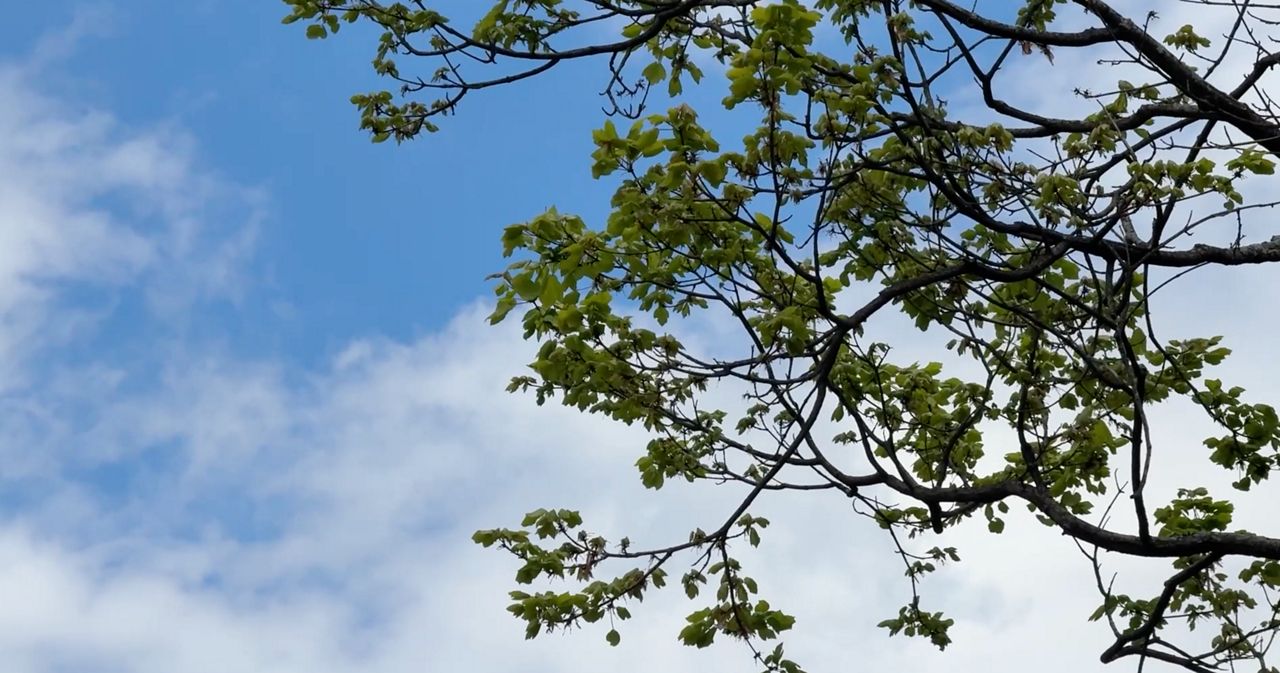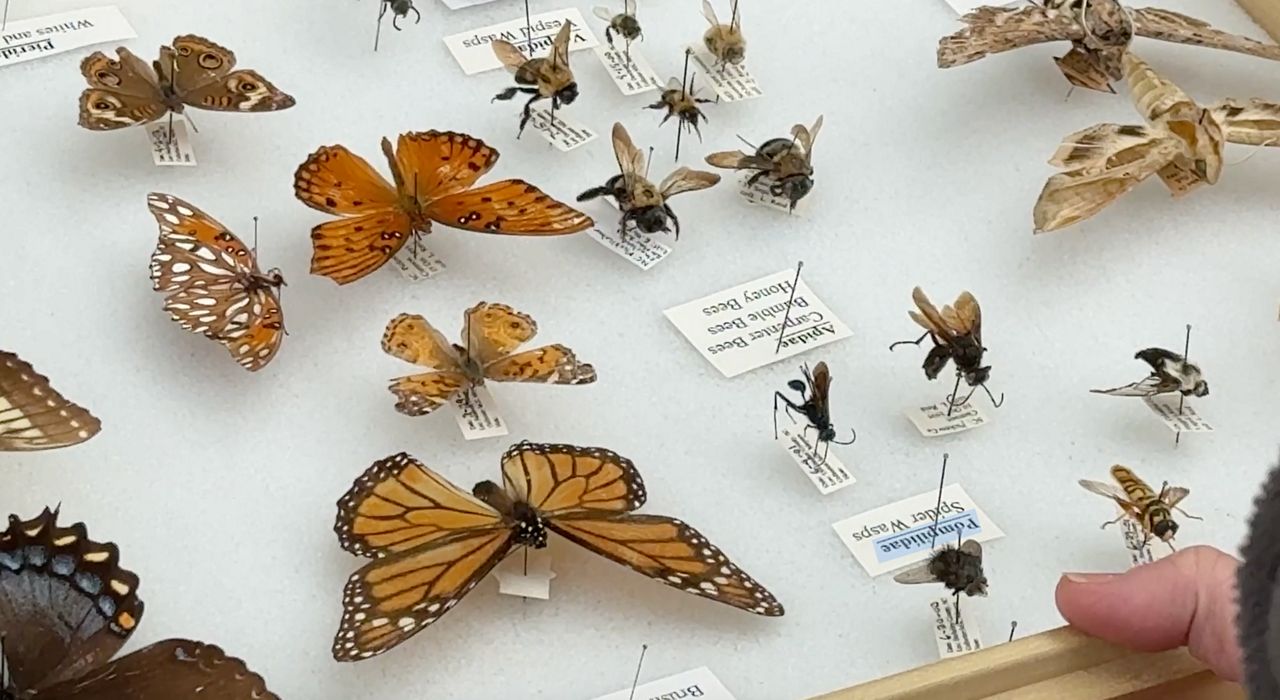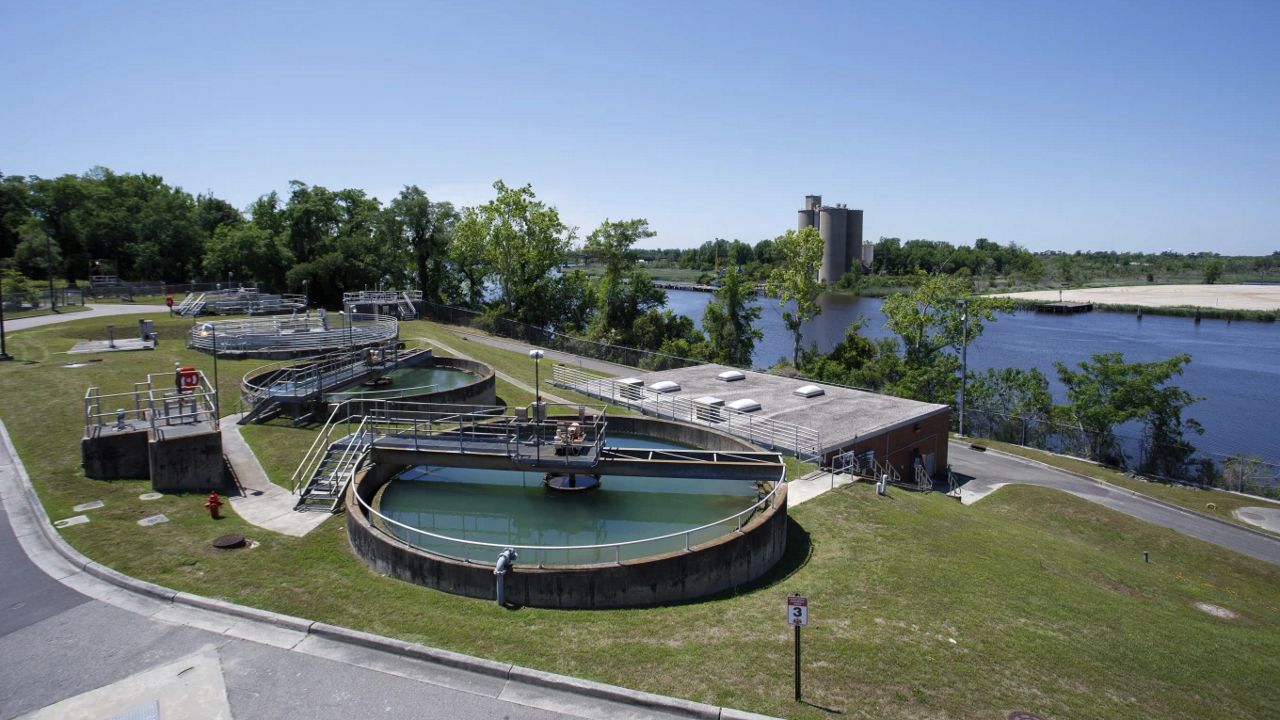BEAUFORT, N.C. — King tides rolled up to the coast this week, bringing higher water levels than normal.
These tidal events act as an example of what sea level rise can look like on the coast.
Christine Voss is a recently retired ecologist from the University of North Carolina. She says we can learn from the phenomenon.
"King tide is really something that has always occurred,” Voss said. “It always will occur. It is predictable. It's the astronomical effect of the heavenly bodies pulling on Earth's water. And the result is we have extra-high high tides and extra-low low tides."
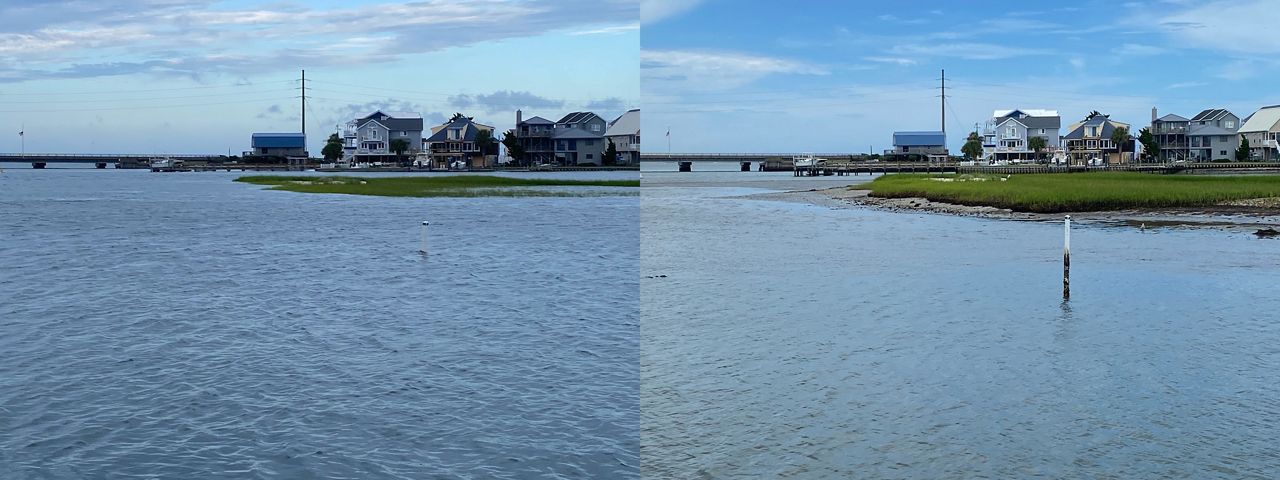
Voss has focused a lot of her work on king tides and learning how they affect coastal habitats.
"The king tides are just a great opportunity,” Voss said. “Because its higher high waters allow us to see what future sea levels will look like."
King tides occur when there is a new or full moon that is close to Earth. Low king tides can cause navigation trouble for boats, but high king tides cause flooding.
This week, many flood-prone areas on the coast stayed dry, but there was still a big difference between high and low tides. Many businesses in downtown Beaufort say they've seen flooding too often in the past.
"We are noticing king tides more now because many of our towns that were built several hundred or a few hundred years ago were built when sea levels were at a lower elevation,” Voss said. “Well, sea level has been increasing in elevation, and that rate of rise is accelerating. And so we have towns like Morehead City and Beaufort that are 200 to 300 years old .... And we now have higher water levels so that when these phenomenon occur, they're actually dumping and inundating parts of the town."
Voss says there's not much that can be done, but that this is a warning so we can prepare. King tides will always be around. The solution is learning to adapt.
Voss started the North Carolina King Tides Project a few years ago to document water levels. She encourages the public to submit photos to help others visualize what normal high tides could look like in the future. You can submit photos on the coastal observer app.








